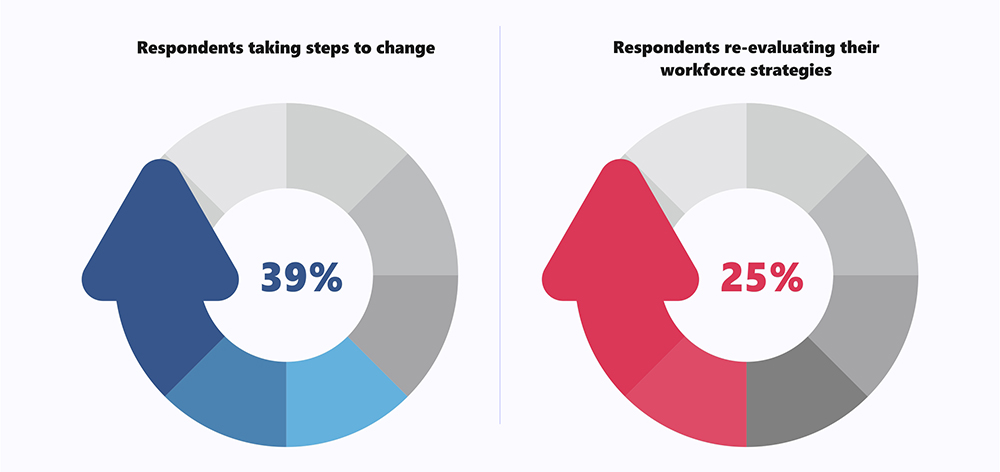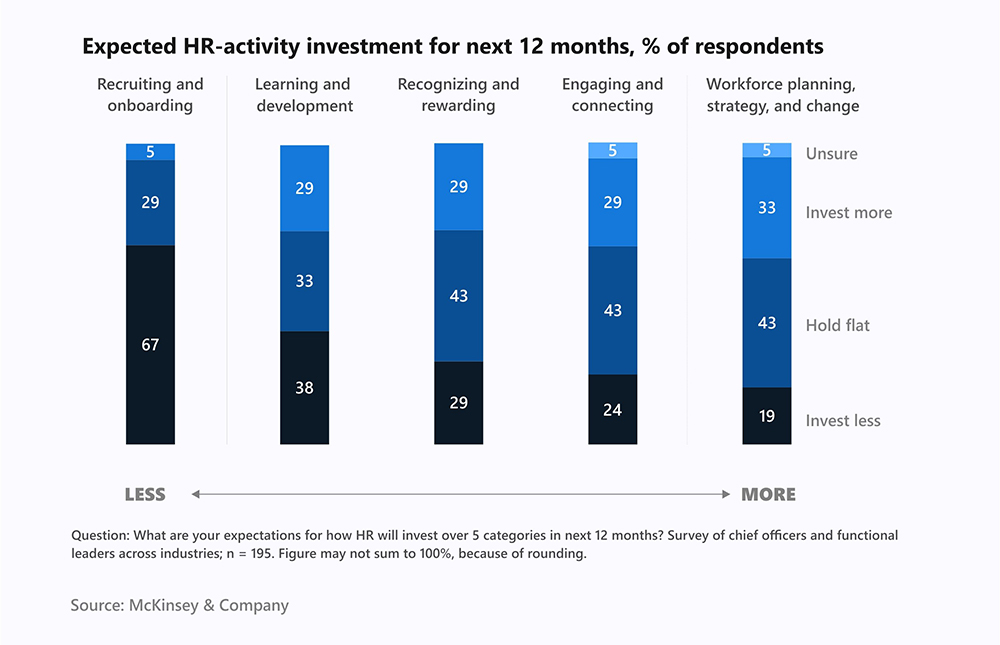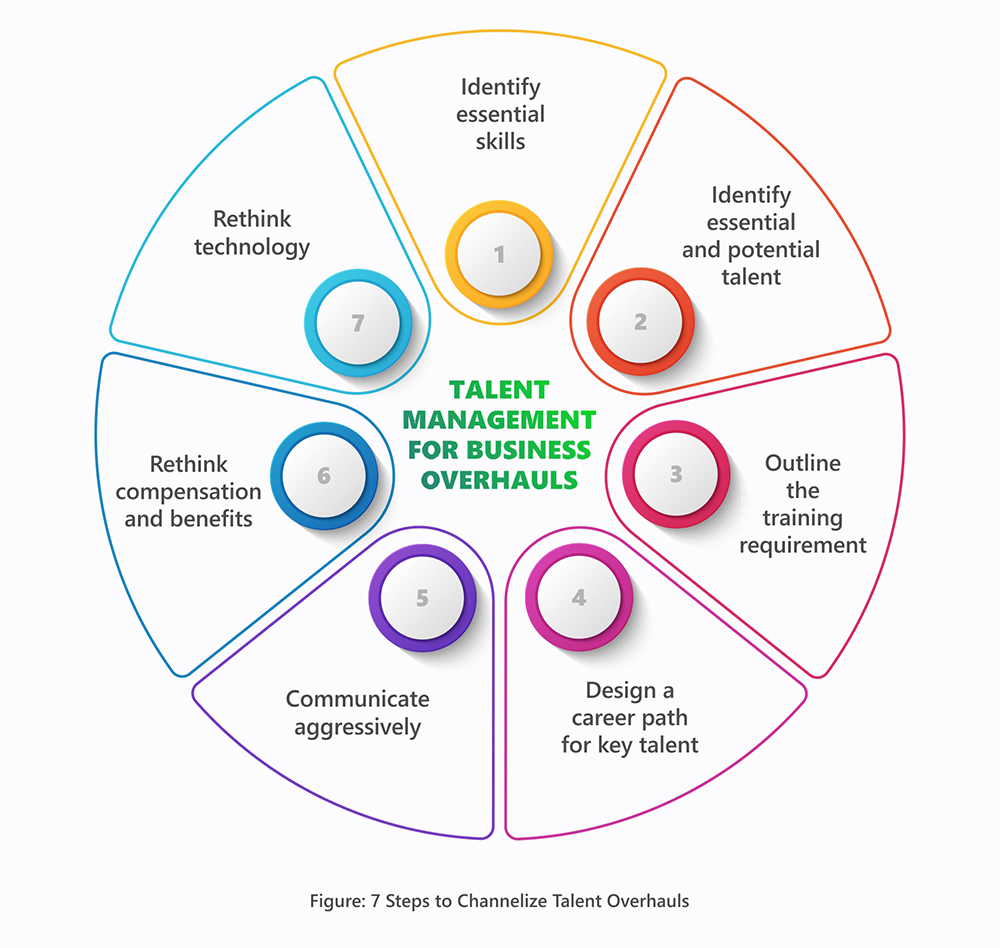
COVID-19 has demanded a lot from Talent Leaders. From rapid work-from-home transitions to changes in policies and business requirements, they have stretched themselves at multiple ends. What priorities will they have in the future – TMI discusses this and more.
Saying Talent Leaders are busy would be an understatement. They are driving their organizations’ success and resilience and have upheld the morale and productivity of employees.
And they will continue to do so in the days to come.
But their role is changing, and their responsibilities include many new important touchpoints. Massive business overhauls are driving this change.
Organizational overhauls are one of the most challenging events for talent leaders and we see a flood of them emerging on the horizon.
In the Capital Confidence Barometer survey by EY, to the question of How would the coronavirus event affect your decision on your managing your workforce, 39 percent of respondents said they are taking steps to change and 25 percent said they are reevaluating their workforce strategies.

This is no ordinary downturn. Businesses are fundamentally changing in the way they operate. Most companies are trying to regain their balance in shifting consumer behavior, routes to market, and supply chains.
The growing popularity of gig and remote work has nudged temporary hiring. More companies are leaning toward lean talent strategies. Both cost and business uncertainties factors are on the driving seat now.
In the post-COVID environment, the most pressing challenge for Talent Management Leaders will be to craft a strategy that makes:
McKinsey, in its latest article, identified five key talent management trends that will be accelerated in the post-COVID world:

So how do Talent Leaders craft a strategy that gives them the utmost resilience for future scenarios?
Following these seven steps can prevent any unpleasant surprises:

Understand the core strength and the aspirations of the evolving business entity and align talent plans accordingly. Identify talent with right skills and develop those specific skills.
Identify who holds the key skills without getting distracted by the position and connections. Divide your talent into three categories:
For example, if your company’s course is R&D, identify which talent has strong R&D skills and which has the potential to develop those skills.
Rapid change also translates into rapid training on most occasions. It doesn’t have to cost a fortune. In contrast to the common belief that mentors from big external organizations are needed, certified and skilled internal professionals can greatly improve your talent’s capabilities.
It’s important to not lose key skills of key personnel while conducting promotions.
Compensation is a big motivator when performance and not seniority is the criteria. Talent managers can also use monetary and non-monetary rewards for motivation.
36% of organizations have invested more in automation. – EY
Communication will play a key role in keeping employees motivated and productive. Look for different ways in which you can engage your diverse workforce.
Organizational overhauls will be a given in the post-pandemic world. The new normal for workplace will never be normal again.
Are you ready for it?
Follow this space for more updates.

CredBadge™ is a proprietary, secure, digital badging platform that provides for seamless authentication and verification of credentials across digital media worldwide.
CredBadge™ powered credentials ensure that professionals can showcase and verify their qualifications and credentials across all digital platforms, and at any time, across the planet.

Please enter the License Number/Unique Credential Code of the certificant. Results will be displayed if the person holds an active credential from TMI.